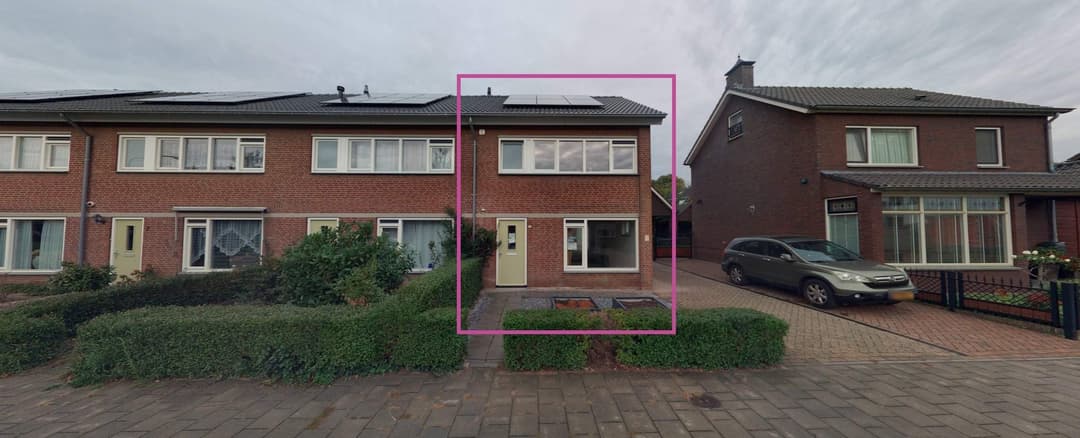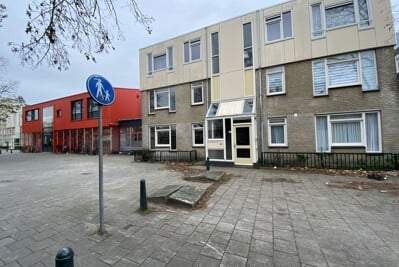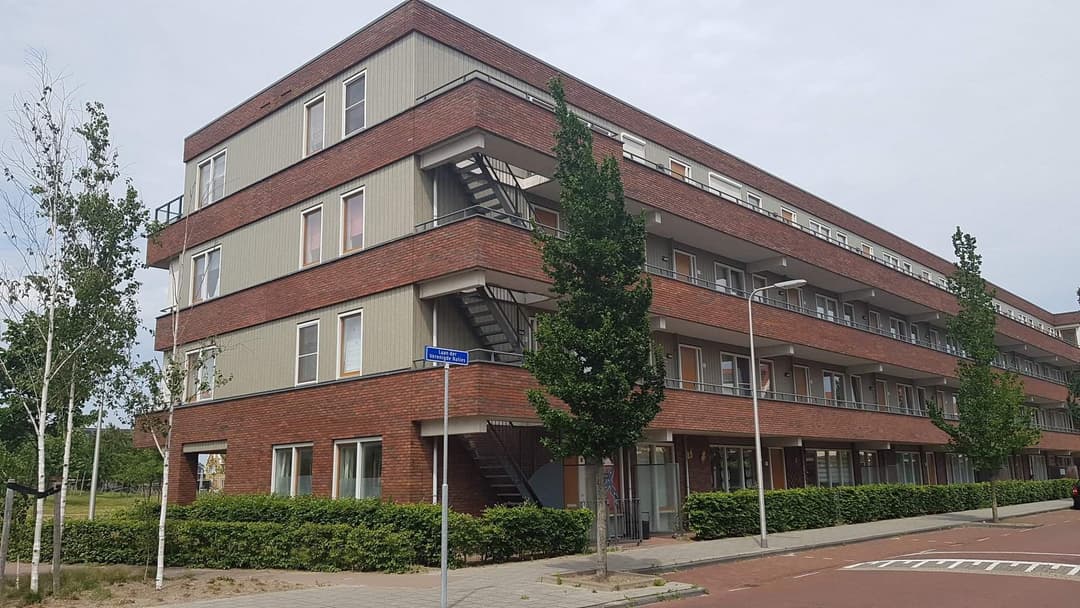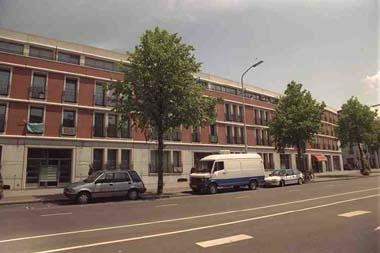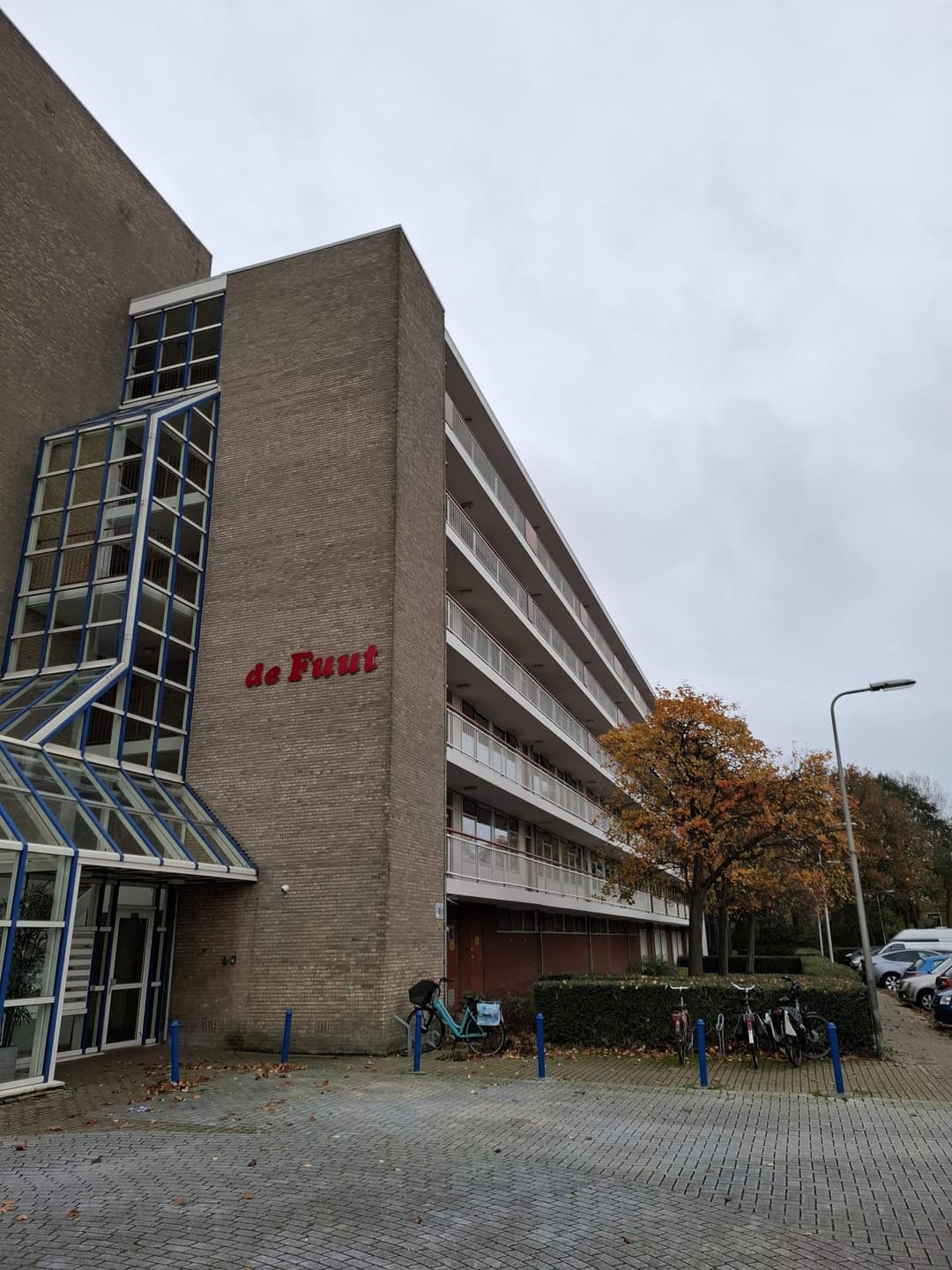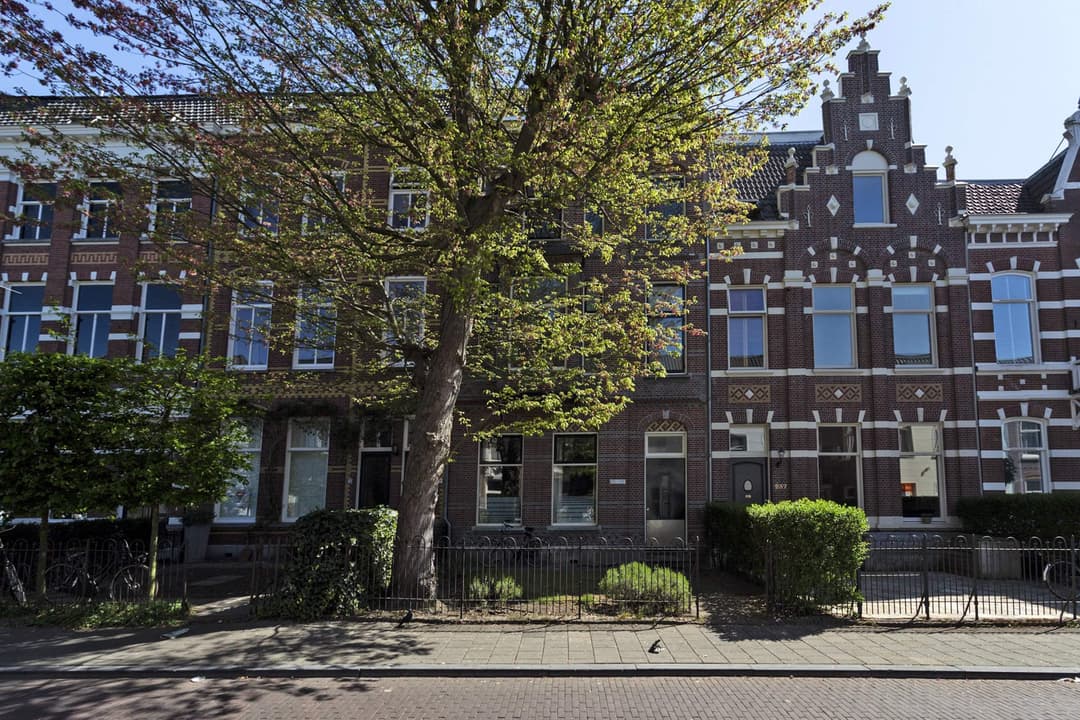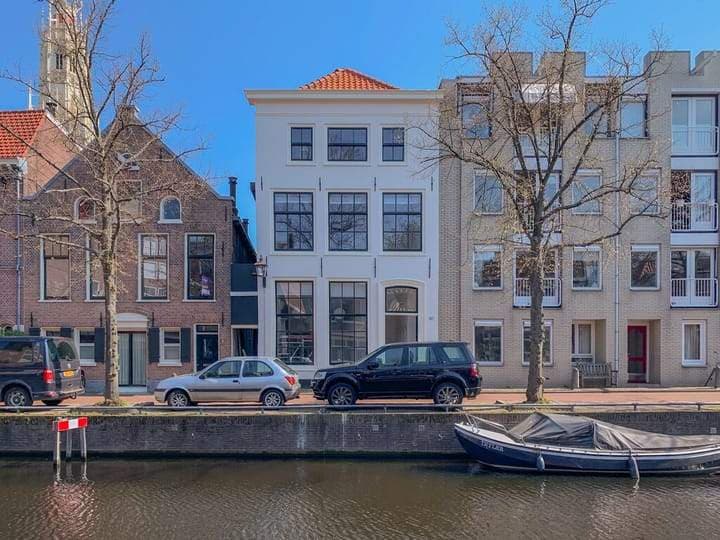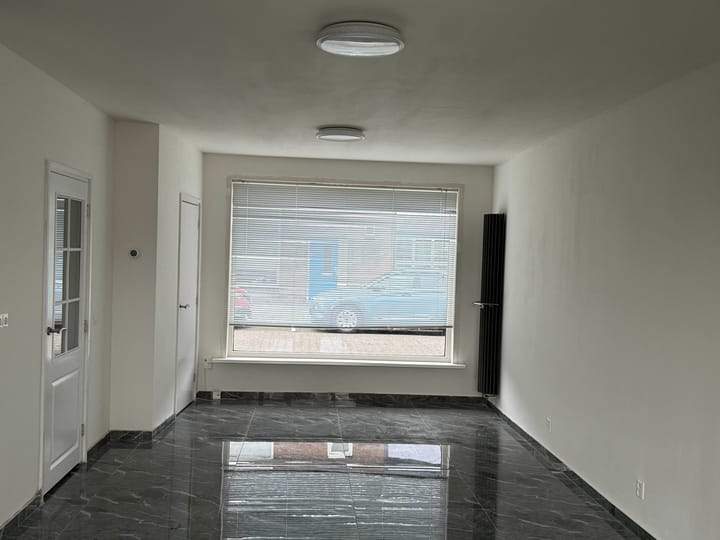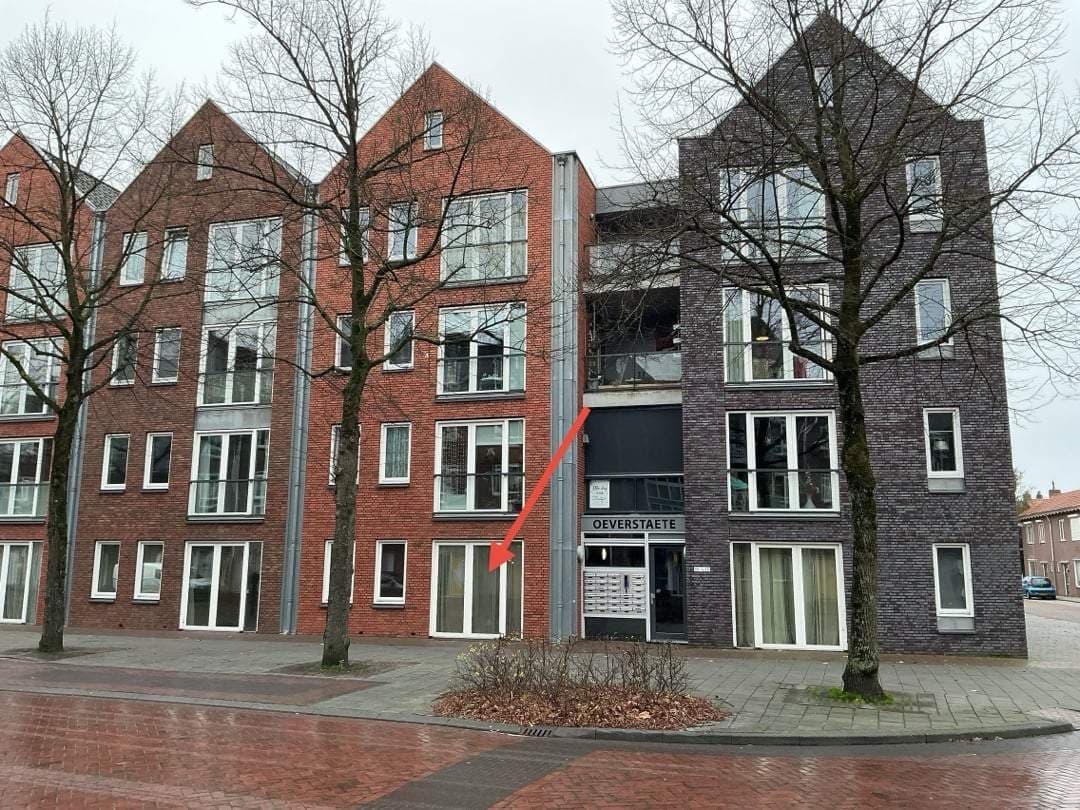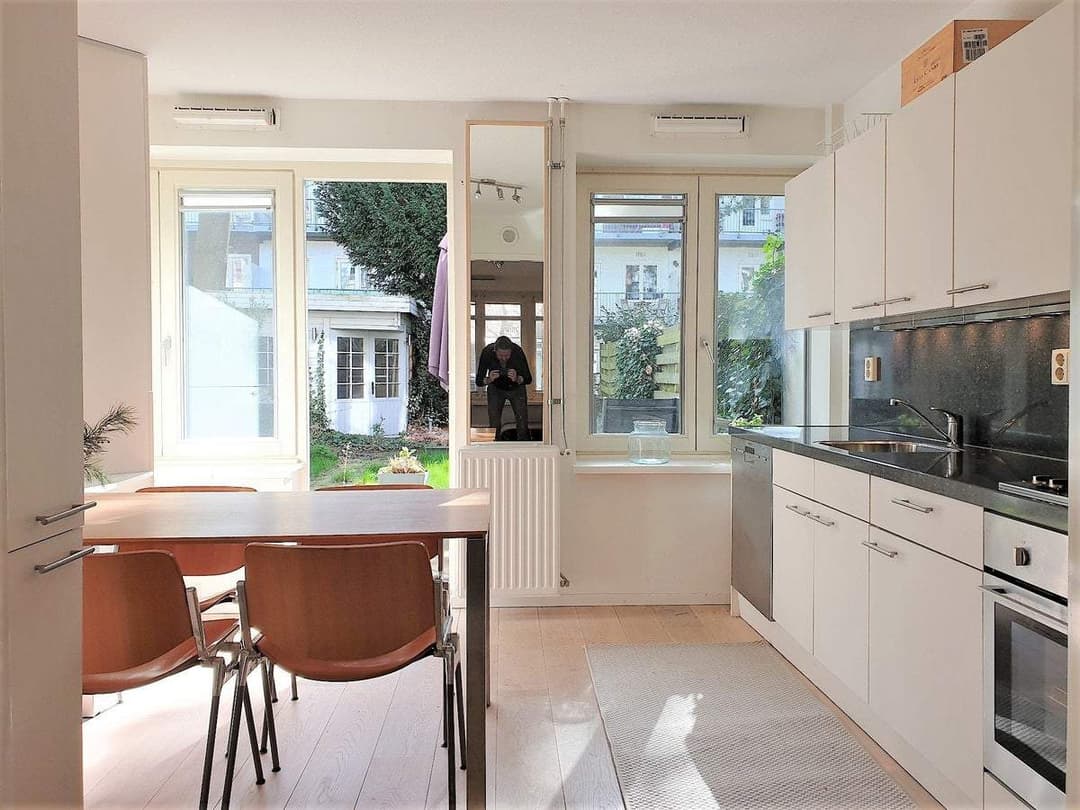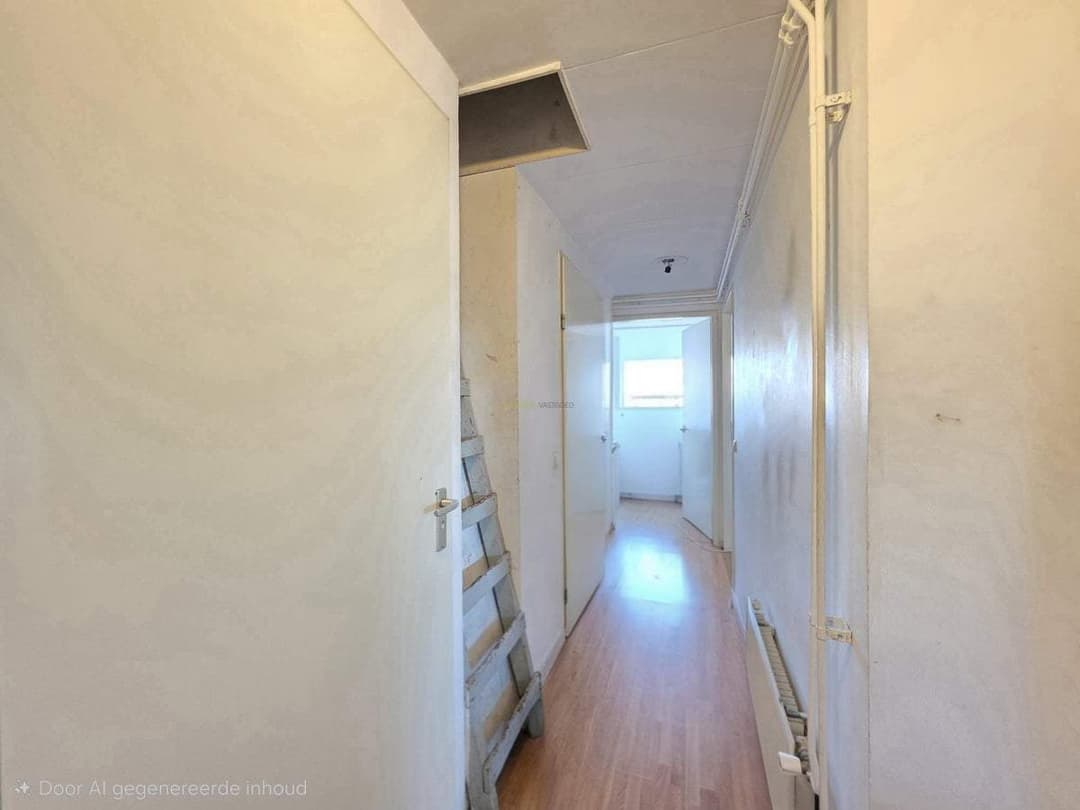Main Air Pollutants in the Netherlands
Discover the key air pollutants that determine air quality across the Netherlands. Luntero tracks the most important components, including nitrogen dioxide (NO₂), ozone (O₃), particulate matter (PM₁₀ and PM₂.₅), and the Dutch Luchtkwaliteitsindex (LKI). Each pollutant affects health and the environment differently, and together they help paint a complete picture of the air we breathe.
What We Cover
We focus on the most impactful air pollutants for Dutch cities: nitrogen dioxide (NO₂), particulate matter (PM₁₀ and PM₂.₅), ozone (O₃), plus the Luchtkwaliteitsindex (LKI) for an at-a-glance view. This curated set maps closely to housing decisions—helping you compare neighbourhood air quality when shortlisting rental listings or choosing between districts.
How Measurements Work
All readings come from Luchtmeetnet monitoring stations using harmonised Dutch/EU methods, quality control, and consistent units. Data are typically updated as hourly or daily averages (µg/m³, or index for LKI), providing reliable inputs for comparing nearby areas during a property search or evaluating likely exposure along your commute.
Netherlands & EU Context
Luchtmeetnet follows nationally and EU-aligned methodologies, making results comparable across provinces and major metros. That consistency lets you assess air quality differences between cities and neighbourhoods with confidence—useful when weighing rentals near busy roads, ports, or greener residential zones.
How to Read the Numbers
Lower pollutant values and lower LKI levels generally indicate cleaner air; short spikes can occur near traffic or during specific weather patterns. Look at multi-day trends and typical ranges when comparing flats, and consider local context—distance from ring roads, industrial sites, or parks—alongside the measured data.
Main Air Quality Components Measured in the Netherlands
Luntero monitors the main air pollutants measured by Luchtmeetnet across the Netherlands, including nitrogen dioxide (NO₂), fine and coarse particulate matter (PM₂.₅ and PM₁₀), ozone (O₃), and the Dutch Luchtkwaliteitsindex (LKI). These key components help compare air quality between cities and neighbourhoods, making it easier to evaluate living conditions near rental properties.
Dutch and EU Air Quality Context
All air quality information on Luntero comes from Luchtmeetnet, the official Dutch air monitoring network operated under national and EU standards. This ensures that every measurement—whether for NO₂, PM, O₃, or the LKI index—is consistent, transparent, and comparable across the Netherlands and other European countries.
View Luchtmeetnet data sourceNewest Properties in the Netherlands
Explore the latest properties added to Luntero. Find new apartments, houses, and studios across the Netherlands — updated daily to help you discover your next home faster.
Quick links

LUNTERO
Find your way home in the Netherlands with 20,000+ rental listings at your fingertips!
Check out our other helpful apps:
Dutch rentals and housing platform
Netherlands rental guides
Dutch renting handbooks and checklists
Netherlands rental market data
Netherlands housing resources
Popular rental searches in the Netherlands


© 2025 Luntero. All rights reserved.





